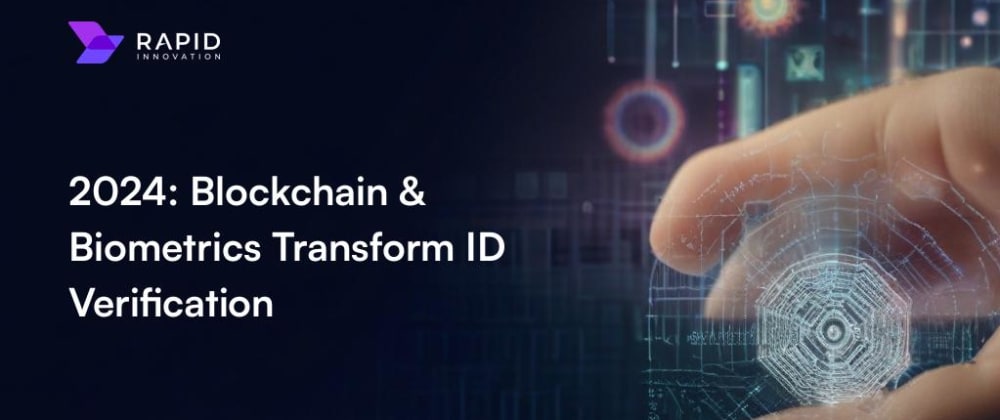Digital identity verification is crucial for confirming the authenticity of an
individual's identity in the digital realm. As the world increasingly moves
online, the need to establish a person's identity accurately and securely has
become paramount. This process is fundamental in various sectors, including
banking, healthcare, government services, and e-commerce. Digital identity
verification helps in preventing fraud, enhancing security, and ensuring
compliance with regulatory requirements.
1.1. Current Challenges in Digital Identity Verification
Despite advancements in technology, digital identity verification faces
several challenges. Balancing user convenience and security is a primary
issue. Strong security measures can often lead to a cumbersome verification
process, while a process that is too simple may not offer adequate protection
against identity theft and fraud. Privacy concerns and sophisticated fraud
techniques also pose significant challenges.
1.2. Importance of Secure Digital Identity
A secure digital identity is essential for protecting individuals from fraud
and theft and ensuring the integrity of business transactions and services. It
helps build trust between service providers and their clients and supports
regulatory compliance. A robust digital identity framework also enables
inclusive services by ensuring that all individuals can prove their identity
securely and access online services.
1.3. Overview of Blockchain and Biometric Technologies
Blockchain and biometric technologies are cutting-edge advancements that have
significantly impacted various industries. Blockchain is a decentralized
digital ledger known for its immutability, transparency, and security.
Biometric technology uses unique human characteristics for identification and
access control. The integration of these technologies offers a robust solution
for secure and reliable identity verification processes.
2. Blockchain Technology in Identity Verification
Blockchain technology provides a secure, immutable, and transparent platform
for storing and managing personal identity information. Its decentralized
nature enhances security and privacy, while smart contracts automate secure
transactions. Blockchain solutions are being adopted across various sectors,
including healthcare, real estate, and voting systems.
2.1. How Blockchain Enhances Security
Blockchain enhances security through its decentralized structure and
cryptographic algorithms. Each transaction is encrypted and linked to the
previous one, forming a chain that is difficult to alter. This prevents fraud
and unauthorized data manipulation. Smart contracts further secure
transactions by automating agreements based on predefined rules.
3. Biometric Technology in Identity Verification
Biometric technology uses unique physical or behavioral characteristics to
identify individuals. It offers increased security and a seamless user
experience. Common types of biometric technologies include fingerprint
scanning, facial recognition, iris recognition, and voice recognition. These
technologies are continuously developed to enhance security and efficiency in
identity verification.
4. Integration of Blockchain and Biometric Technologies
The integration of blockchain and biometric technologies enhances security and
efficiency in various applications. Blockchain provides a decentralized and
tamper-proof ledger, while biometric systems offer reliable identity
verification. This integration can lead to new applications such as smart
contracts that automatically execute transactions based on biometric
verification.
5. Regulatory and Ethical Considerations
The integration of AI and other technologies brings significant regulatory and
ethical considerations. Privacy concerns, regulatory frameworks, and ethical
implications must be carefully navigated to ensure responsible use of
technology. Establishing ethical guidelines and ensuring accountability and
transparency in AI operations are essential for building trust and
credibility.
6. Conclusion and Future Outlook
As we advance further into the age of technology, the importance of robust
regulatory frameworks and ethical considerations cannot be overstated. The
future outlook of technology is promising but demands vigilance and proactive
governance. The integration of AI in various sectors offers transformative
potentials but requires careful consideration of ethical and regulatory
implications to ensure these technologies are used for the greater good.
6.1. Summary of Key Points
The discussion highlighted the significant impact of digital transformation,
the shift towards sustainability, and the importance of regulatory frameworks
and ethical considerations. The integration of AI and machine learning has
revolutionized data analysis, leading to more informed decision-making
processes.
6.2. Predictions for 2025 and Beyond
Looking towards 2025 and beyond, the continued rise of the Internet of Things
(IoT) and the increasing importance of cybersecurity are expected to shape the
future of the industry. The advancement of quantum computing is also
anticipated to bring breakthroughs in processing power, impacting various
sectors.
6.3. Call to Action for Industry Stakeholders
Industry stakeholders should actively engage with the latest trends and
innovations, invest in research and development, and prioritize workforce
training and development. Embracing a culture of continuous learning and
adaptability will be key to thriving in this evolving landscape.
Drive innovation with intelligent AI and secure blockchain technology! 🌟 Check
out how we can help your business grow!







Top comments (0)